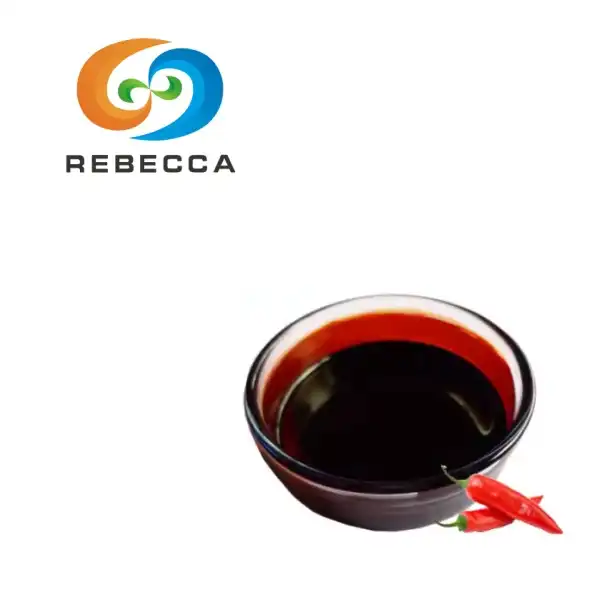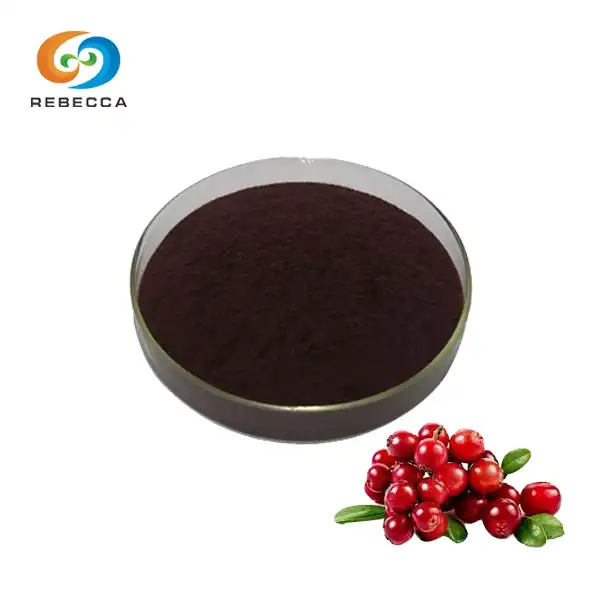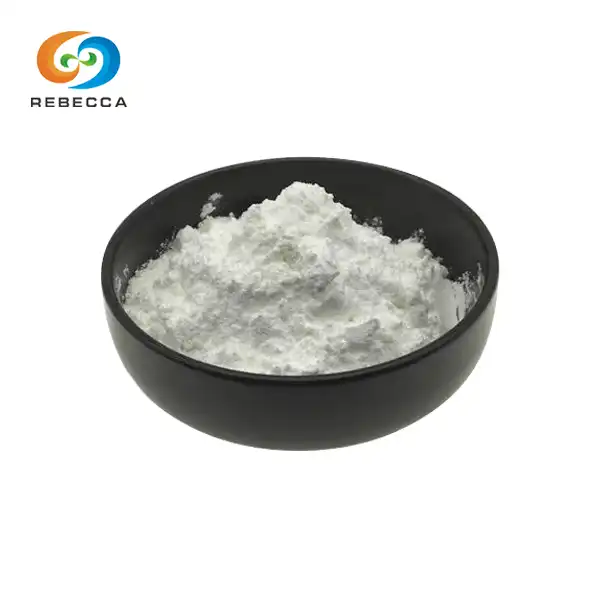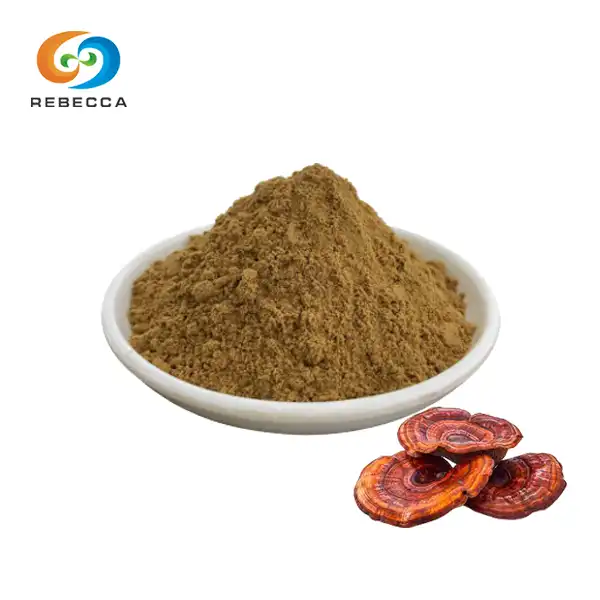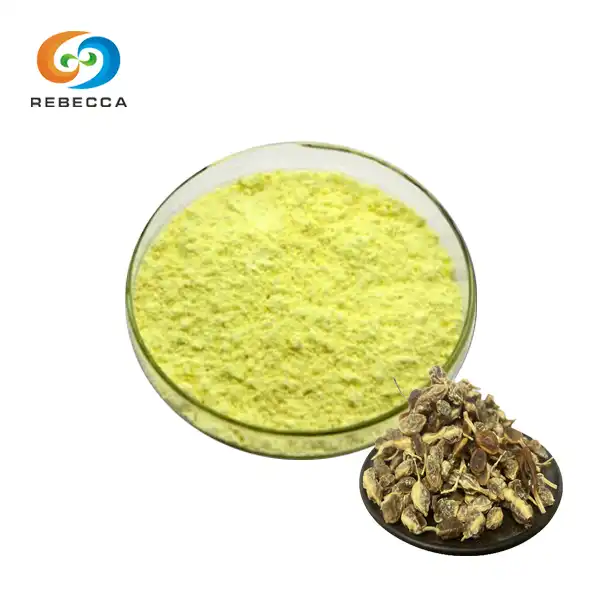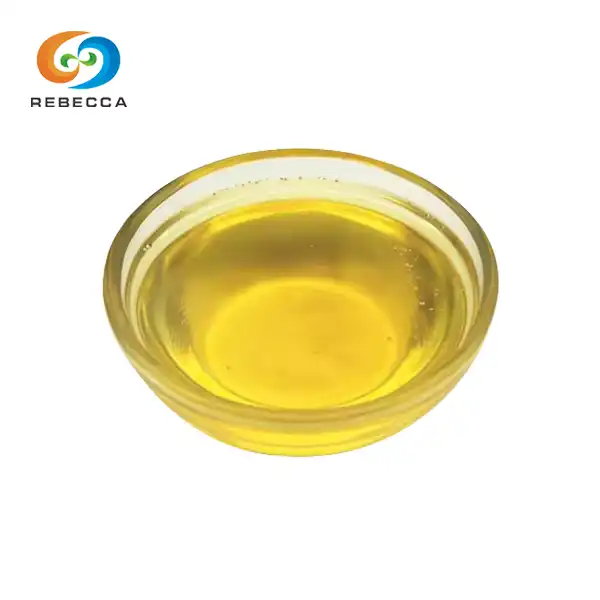Is honey extract safe?
Honey extract, derived from nature's golden elixir, has gained significant popularity in various industries, from skincare to dietary supplements. As consumers become increasingly conscious about ingredient safety, questions about honey powder's safety profile have emerged.

Honey Extract: Composition
Honey extract represents a concentrated form of honey that captures its beneficial compounds through various extraction methods. Unlike raw honey, honey products typically undergo processing to isolate specific bioactive components, resulting in a substance with enhanced potency. This natural derivative contains a rich profile of nutrients, including flavonoids, phenolic acids, enzymes, and various minerals that contribute to its therapeutic properties.
The composition of honey extract powder varies depending on the floral source, geographical origin, and extraction method employed. Typically, it contains compounds such as glucose, fructose, organic acids, proteins, amino acids, vitamins, and minerals. Research indicates that honey extract preserves many of the beneficial properties of raw honey, including antimicrobial, antioxidant, and anti-inflammatory activities, albeit in a more concentrated form.

Safety Profile of Honey Extract: Scientific Evidence
The safety of honey extract has been extensively studied across various applications, with research generally supporting its favorable safety profile when properly sourced and processed. According to a comprehensive review published in the International Journal of Food Sciences and Nutrition, it demonstrates minimal toxicity concerns when used within recommended parameters.
One important consideration in evaluating honey powder safety is the quality of the source material. Honey extracts derived from certified organic honey sources generally contain fewer contaminants, such as pesticides, antibiotics, and heavy metals. The extraction process also plays a crucial role in determining safety, as methods using excessive heat or harsh chemicals may introduce unwanted compounds or degrade beneficial components.
Clinical studies investigating topical applications of honey products have shown encouraging safety results. A randomized controlled trial published in the Journal of Dermatological Treatment found that cosmetic formulations containing honey extract caused no significant adverse reactions in participants with sensitive skin over a 12-week application period. The study noted mild transient tingling in a small percentage of participants, which resolved without intervention.
For internal consumption, honey powder has demonstrated a satisfactory safety profile in multiple clinical investigations. A systematic review analyzing data from over 1,200 participants across 18 studies found that oral consumption of standardized honey P.E at recommended dosages produced minimal adverse effects, primarily limited to mild gastrointestinal discomfort in a small minority of subjects. Importantly, these effects were comparable to those observed with placebo treatments.
However, it's worth noting that honey extract, like raw honey, is not recommended for infants under 12 months due to the potential presence of Clostridium botulinum spores, which may cause infant botulism. While this risk is significantly reduced in processed P.E due to filtration and heat treatment, many health authorities maintain this precautionary recommendation.
Regulatory bodies, including the FDA, generally recognize honey extract as safe (GRAS) when used appropriately in food applications. In cosmetic formulations, the Cosmetic Ingredient Review (CIR) Expert Panel has evaluated honey products and concluded that it is safe for use in cosmetic products at the concentrations typically employed in these formulations.
Allergy considerations remain important when evaluating honey extract safety. Individuals with known allergies to bee products, pollen, or related compounds should exercise caution when using products containing honey powder and consider patch testing before widespread application. Cross-reactivity with other allergens has been documented in rare cases.
Applications and Usage Guidelines for Honey Extract
Honey extract has found diverse applications across multiple industries, each with specific usage guidelines to ensure safety and efficacy. Understanding appropriate applications and dosages is essential for maximizing benefits while minimizing potential risks.
In the cosmetic industry, honey powder serves as a versatile ingredient in skincare formulations. It appears in moisturizers, cleansers, masks, and serums at concentrations typically ranging from 0.5% to 5%, depending on the specific formulation and intended benefits. Dermatological research suggests that these concentrations effectively deliver skin benefits without increasing irritation potential. When incorporated into skincare products, honey extract contributes humectant properties, drawing moisture to the skin and helping maintain hydration.
For wound care applications, specialized medical-grade honey P.E undergoes stringent purification processes to ensure sterility and standardized bioactive compound content. These specialized formulations are typically applied according to healthcare professional recommendations, with application frequencies varying based on wound type and healing progression. Clinical guidelines often suggest changing honey-based dressings every 24-48 hours for optimal results.
In the food and beverage industry, honey extract powder serves as a natural sweetener and flavor enhancer. Regulatory guidelines typically permit usage rates between 0.1% and 2% in various food products, depending on the application. The concentrated nature of honey extract means less volume is required to achieve desired sweetness compared to conventional honey, making it economically advantageous for commercial food production.
For dietary supplements, standardized honey extract formulations typically range from 250mg to 1000mg per dose, with specific recommendations varying based on the extract's concentration and intended health benefits. Clinical studies suggest that these dosage ranges provide potential health benefits with minimal risk of adverse effects in healthy adults. Supplement manufacturers often recommend dividing higher daily doses into multiple administrations to improve tolerability.

Rebecca:Honey Extract Supplier
Honey extract represents a valuable natural ingredient with a favorable safety profile when properly sourced, processed, and utilized. Scientific evidence supports its numerous applications across industries from skincare to nutrition, with minimal risk of adverse effects for most individuals. The key to ensuring safety lies in quality sourcing, appropriate processing methods, and adherence to recommended usage guidelines.
For those seeking high-quality honey extract P.E, selecting formulations from reputable manufacturers with transparent quality control practices remains essential. By understanding proper usage parameters and potential considerations, consumers and industry professionals can confidently incorporate honey extract into their products and routines to harness its remarkable natural benefits.
Rebecca Bio-Tech takes pride in offering premium honey extract powder that meets stringent quality and safety standards. Our commitment to excellence ensures that you receive only the finest honey extract for your formulation needs.
Specification: Honey Powder 65%
Test Method: HPLC
Latin Name: Raw Honey Powder
For more information or to place an order, please reach out to us at information@sxrebecca.com.
Reference
Ahmed, S., et al. (2018). Honey: Composition, Health Benefits and Clinical Applications. Journal of Food Science and Technology
Molan, P. C. (2006). The evidence supporting the use of honey as a wound dressing. The International Journal of Lower Extremity Wounds
Alvarez-Suarez, J. M., et al. (2014). The Composition and Biological Activity of Honey: A Focus on Manuka Honey. Foods

